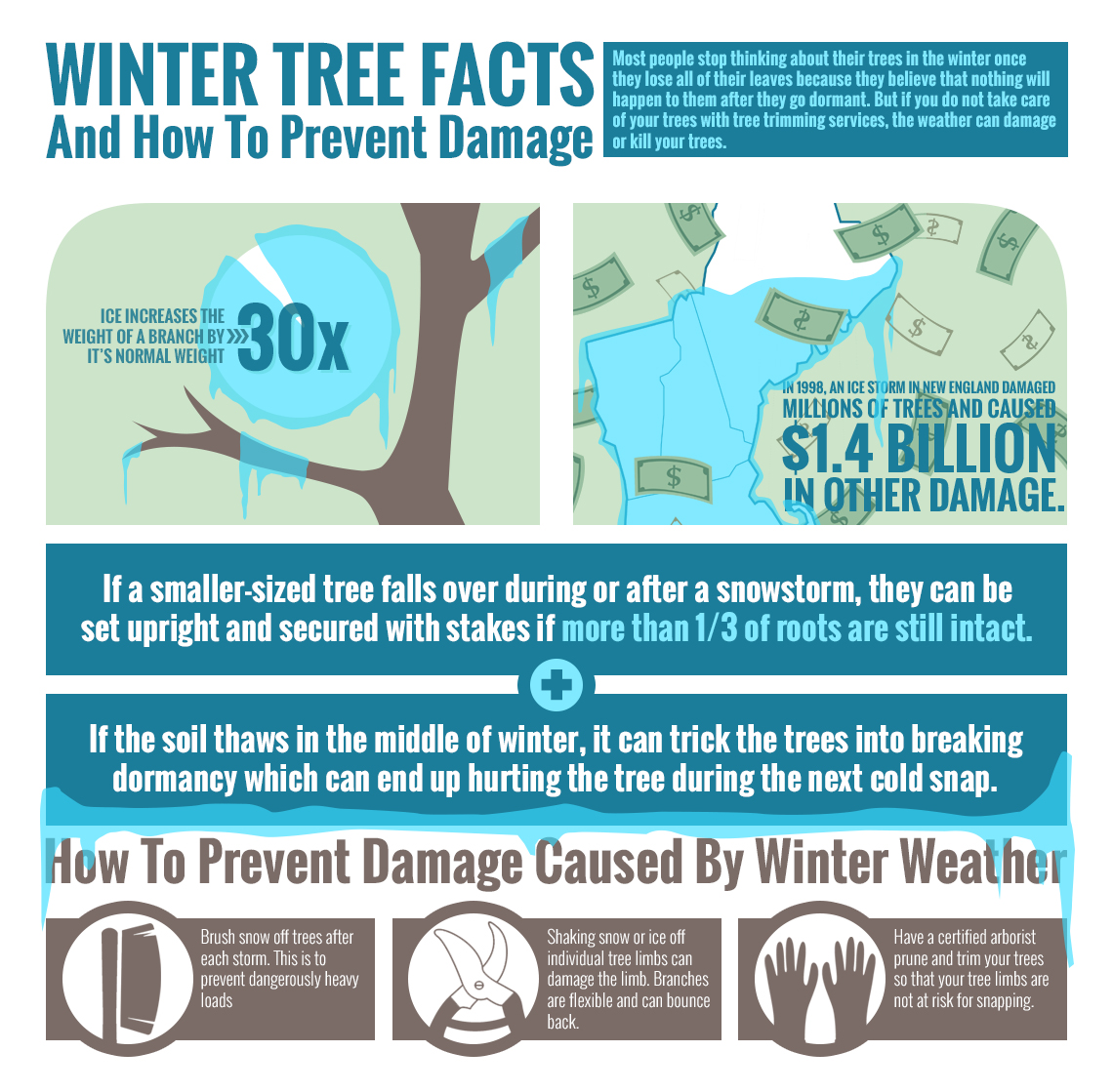Treatment After Tree Removal: Effective Ways To Revitalize Your Landscape
Treatment After Tree Removal: Effective Ways To Revitalize Your Landscape
Blog Article
click the up coming web page -McMillan Als
After a tree's removal, your landscape may look quite various, and it's vital to assess the consequences meticulously. You'll wish to assess the soil disruption and check surrounding plants for any signs of stress and anxiety. Disregarding these aspects can bring about bigger issues down the line. So, what should you make with those stumps and origins? And how do you select the best plants for your revitalized area? Allow's explore these vital actions.
Evaluating the Aftermath: Assessing Your Landscape
After a tree removal, it's critical to assess your landscape to recognize the effect it carries your lawn.
Beginning by analyzing the area where the tree stood. Try to find Tree Removal Cost of dirt disturbance, and examine the bordering plants for any type of anxiety or damage.
You should also make note of exactly how the elimination has altered sunlight exposure and airflow in your garden. This shift can impact the growth of nearby plants, so it's important to assess their health and wellness.
Consider the visual elements also; the elimination may produce an open space that you can upgrade.
Finally, think of any type of possible erosion issues that could develop from the tree's absence. Dealing with these factors early will help restore equilibrium to your landscape.
Dealing With Stumps and Roots: Choices for Elimination
Once you've evaluated the aftermath of the tree elimination, you'll likely require to take on the stump and origins left behind.
You have a few options for removal. One effective technique is stump grinding, where a specialist uses a machine to grind the stump to below ground level. This approach leaves minimal interruption to your landscape.
If you prefer a DIY method, you can use a mix of digging and chemical stump eliminators. Simply bear in mind, this procedure can take time and effort.
Alternatively, think about leaving the stump as an all-natural attribute, which can work as a special yard element or habitat for wild animals.
Whatever you choose, addressing the stump and roots is essential for recovering your landscape.
Choosing the Right Plants for Your New Space
As you evaluate your freshly gotten rid of space, choosing the right plants can considerably improve your landscape's charm and functionality.
Begin by thinking about the sunshine and soil conditions. For warm locations, select drought-resistant plants like lavender or succulents. In shaded places, ferns and hostas grow well.
Consider the dimension and growth behaviors of your plants; mix perennials and annuals for seasonal range. Do not forget to incorporate More Information and facts call for much less maintenance and support local wild animals.
Team plants in odd numbers for an extra natural appearance and create layers for aesthetic depth.
Finally, guarantee you have a mix of shades and appearances to maintain your landscape lively throughout the seasons.
Pleased planting!
Final thought
To conclude, recovering your landscape after tree removal is a satisfying process. By examining the after-effects, resolving stumps and roots, and picking the right plants, you'll produce a flourishing environment. Don't forget to include erosion control procedures to safeguard your dirt. With a little effort and treatment, you can change your room right into a vivid yard that boosts your building. Welcome the opportunity to rejuvenate your landscape and appreciate the charm of nature right in your backyard!
